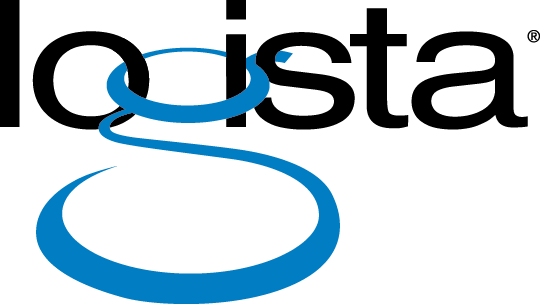Small businesses face the same risks as larger entities from natural disasters to cyberattacks. As a small business owner, it’s important to make sure that your business is prepared for the unexpected. This blog will talk about the importance of disaster recovery, how to assess risks, identify critical assets, and explore solutions specifically for small businesses.

The Importance of Disaster Recovery for Small Businesses
Disaster recovery is no longer a luxury; it’s a necessity. For small businesses, a single incident of data loss or downtime can have catastrophic effects. Statistics show that 46% of all cyber breaches impact businesses with fewer than 1,000 employees (Verizon, Data Breach Investigations Report). This stark reality highlights the need for a robust disaster recovery plan to safeguard your business continuity.
Without a disaster recovery strategy, you risk losing not only your data but also your reputation, customer trust, and revenue. Investing time and resources into a comprehensive disaster recovery plan can make the difference between surviving a crisis and becoming another statistic.
Assessing Risks and Identifying Critical Assets
The first step in creating a disaster recovery plan is to assess the risks your business faces and identify critical assets:
- Risk Assessment: Understand the potential threats to your business. This could include natural disasters, cyberattacks, hardware failures, and human error. Consider the likelihood and impact of each type of incident.
- Identify Critical Assets: Determine which systems and data are essential for your business to operate. This includes customer databases, financial records, employee information, and key applications. Categorize assets based on their importance and how quickly they need to be restored after a disaster.

Disaster Recovery Solutions for Small Business Needs
There are several disaster recovery solutions tailored for small businesses, ensuring you can find an option that fits your budget and requirements:
- Cloud-Based Backup: Cloud-based solutions offer scalable, cost-effective options for backing up your data. Providers like AWS, Google Cloud, and Microsoft Azure provide secure storage and quick recovery options. Cloud backup ensures your data is stored off-site, protected from local disasters.
- Local Backup: While cloud backup is essential, having a local backup can speed up the recovery process. Use external hard drives or Network Attached Storage (NAS) systems for daily backups of critical data.
- Disaster Recovery as a Service (DRaaS): DRaaS offers a comprehensive solution where a third-party provider manages your disaster recovery. This service includes real-time replication of your data and systems to a cloud environment, ensuring minimal downtime.
- Virtualization: Virtualization allows you to create virtual copies of your servers and applications. In the event of a disaster, you can quickly spin up these virtual environments, reducing downtime and maintaining business continuity.
Best Practices for Disaster Recovery Planning
Creating an effective disaster recovery plan involves several key best practices:
- Develop a Comprehensive Plan: Document every aspect of your disaster recovery strategy, including contact information for key personnel, step-by-step recovery procedures, and dependencies.
- Regular Testing: Conduct regular disaster recovery drills to ensure all team members understand their roles and the plan works as intended. Adjust the plan based on lessons learned during these tests.
- Data Encryption: Ensure your data is encrypted both in transit and at rest to protect against unauthorized access during a disaster.
- Keep Your Plan Updated: As your business evolves, so should your disaster recovery plan. Regularly review and update your plan to reflect changes in your IT infrastructure, business processes, and potential risks.
A well-crafted disaster recovery plan is important for small businesses to survive and thrive in the face of unexpected disruptions. By assessing risks, identifying critical assets, and implementing tailored disaster recovery solutions, you can protect your business and make sure it stays up and running if the unexpected occurs.
About Logista Solutions
Logista Solutions is a nationally recognized leader in a broad range of technology management solutions. As one of the largest technology support providers in the U.S., Logista provides innovative and holistic solutions to help companies take control of their IT infrastructure and achieve better business outcomes. Popular services include Managed IT as a Service, VoIP and Unified Communications, Managed Print, Cloud Services and Asset Disposition.



